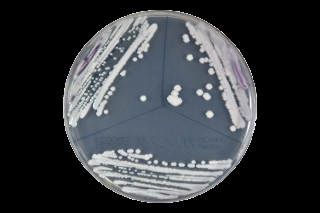
What is Candida auris?
Candida auris is an emerging multidrug-resistant pathogen associated with nosocomial outbreaks in intensive care settings worldwide. The early report dates back to 2009, where the yeast was isolated in Japan. A few years later, C. auris emerged as an agent of hospital-associated infections. The infections are characterized by high overall mortality and antifungal resistance.
Early whole-genome data analyses showed that a wide range of C. auris strains are mainly clustered into four geography-based clades: South Asian (I), East Asian (II), African (III), and South American (IV). Subsequently, clinical strains isolated from Iran represented a new fifth clade. Recently, new isolates representing a novel Clade VI have been reported from Bangladesh and Singapore.
C. auris can persist on environmental surfaces for weeks and colonize human skin, resulting in a patient-to-patient spread in health care facilities. Accordingly, accurate and fast detection of C. auris is a key factor for controlling its prevalence and preventing further outbreaks.
Identification of C. auris based on traditional methods has proven to be ineffective. Automated identification systems popularly used in clinical laboratories, like the Vitek 2 YST card or API20C AUX, commonly misidentify C. auris as Candida haemulonii or Rhodotorula glutinis, respectively, and MicroScan misidentifies C. auris as any of several different Candida species.
However, specialized methods can provide accurate identification. We have developed a rapid detection method of C. auris based on Loop-Mediated Isothermal Amplification (LAMP). MALDI-TOF MS is also useful for identifying C. auris, if a proper reference database is available. Moreover, sequencing of the genes for the D1/D2 region of large subunit ribosomal DNA (rDNA) or of the internal transcribed spacer (ITS) region of rDNA is a reliable option. Real-time PCR assays also are useful for detection of C. auris.
About Candida auris

Candida auris is an emerging multidrug-resistant pathogen associated.......
Read more »Tracking
Isolation of C. auris was reported in more than 35 countries/territories.......
Read more »


